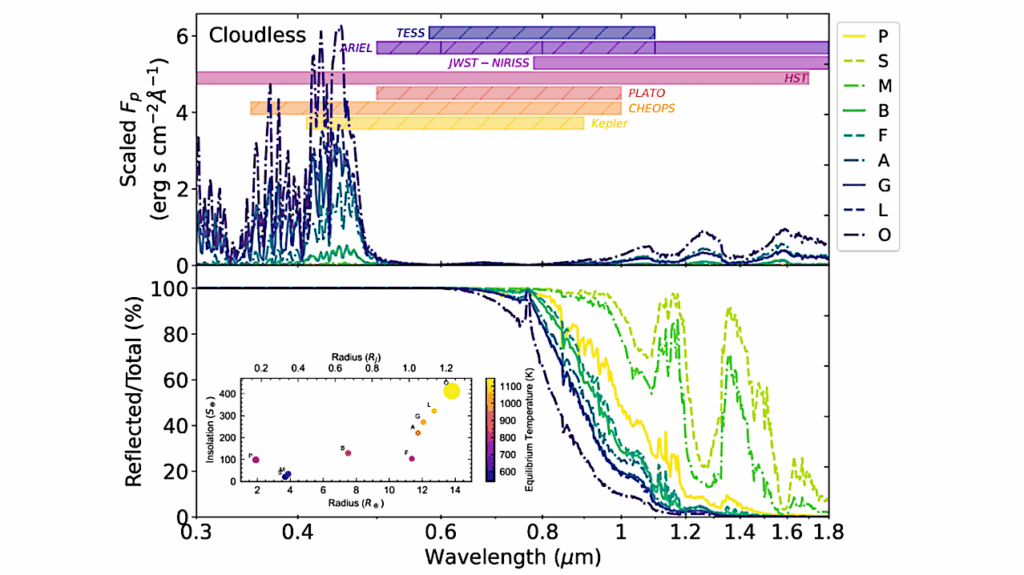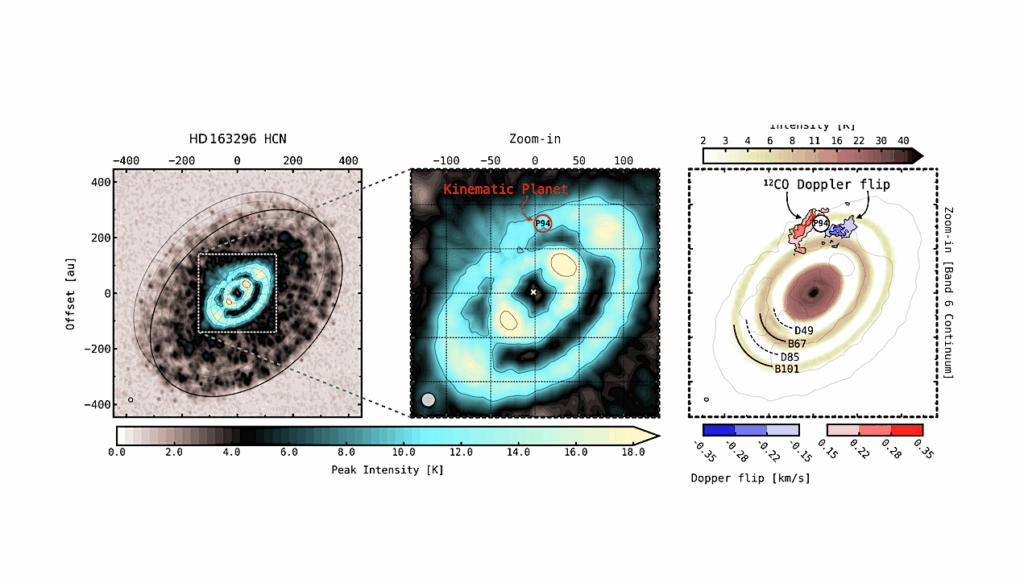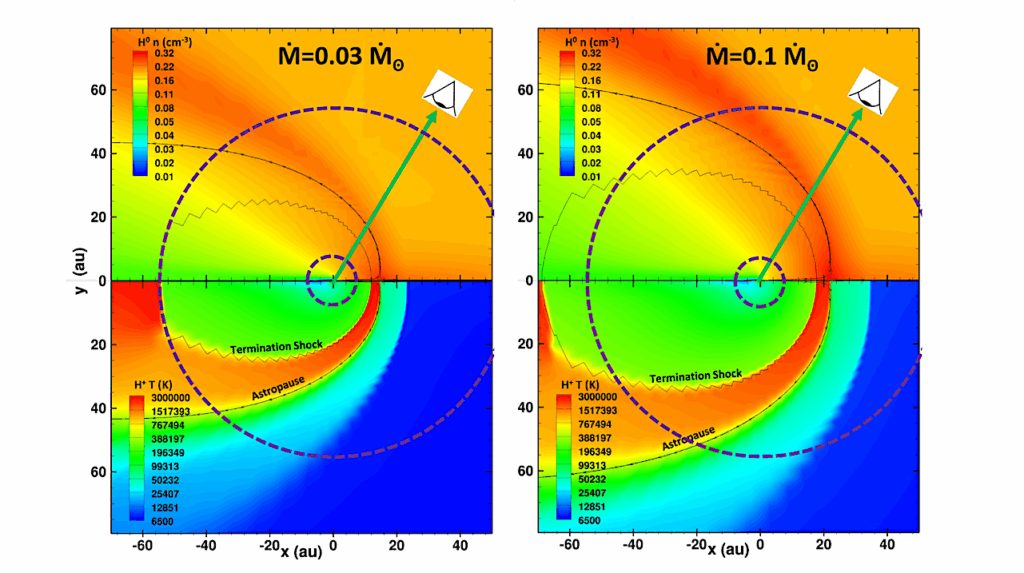Terrestrial-type Planet Formation and Water Delivery

Several studies, observational and theoretical, suggest that planetary systems with only rocky planets should be the most common in the Universe.
We study the diversity of planetary systems that might form around Sun-like stars in low-mass disks without giant planets. We focus on the formation process of terrestrial planets in the habitable zone (HZ) and analyze their water contents with the goal to determine systems of astrobiological interest. Besides, we study the formation of planets on wide orbits because they can be detected with the microlensing technique. N-body simulations of high resolution (embryos + planetesimals) are developed for a wide range of surface density profiles. The surface density profile combines a power law to the inside of the disk of the form r^{-gamma}, with an exponential decay to the outside.
We adopt a disk of 0.03M_sun and values of gamma = 0.5, 1 and 1.5. All our simulations form planets in the HZ with different masses and final water contents depending on the 3 profiles. For gamma = 0.5, we produce 3 planets in the HZ with masses between 0.03 M_e to 0.1 M_e and water contents between 0.2 and 16 Earth oceans. For gamma = 1, 3 planets form in the HZ with masses between 0.18 M_e and 0.52 M_e and water contents from 34 to 167 Earth oceans. For gamma = 1.5, we find 4 planets in the HZ with masses from 0.66 M_e to 2.21 M_e and water contents between 192 and 2326 Earth oceans.
This profile shows distinctive results because it is the only one of those studied here that leads to the formation of water worlds. Since planetary systems with gamma = 1 and 1.5 present planets in the HZ with suitable masses to retain a long-live atmosphere and to maintain plate tectonics, they seem to be the most outstanding candidates to be potentially habitable. Particularly, these systems form Earths and Super-Earths near the snow line which can be discovered by microlensing.
Diversity of planetary systems in low-mass disks: Terrestrial-type planet formation and water delivery
María Paula Ronco, Gonzalo C. de Elía (Submitted on 8 May 2014)
Comments: Accepted for publication in Astronomy and Astrophysics – 13 pages, 11 figures
Subjects: Earth and Planetary Astrophysics (astro-ph.EP)
Cite as: arXiv:1405.1986 [astro-ph.EP] (or arXiv:1405.1986v1 [astro-ph.EP] for this version)
Submission history From: María Paula Ronco [v1] Thu, 8 May 2014 15:58:40 GMT (889kb)








